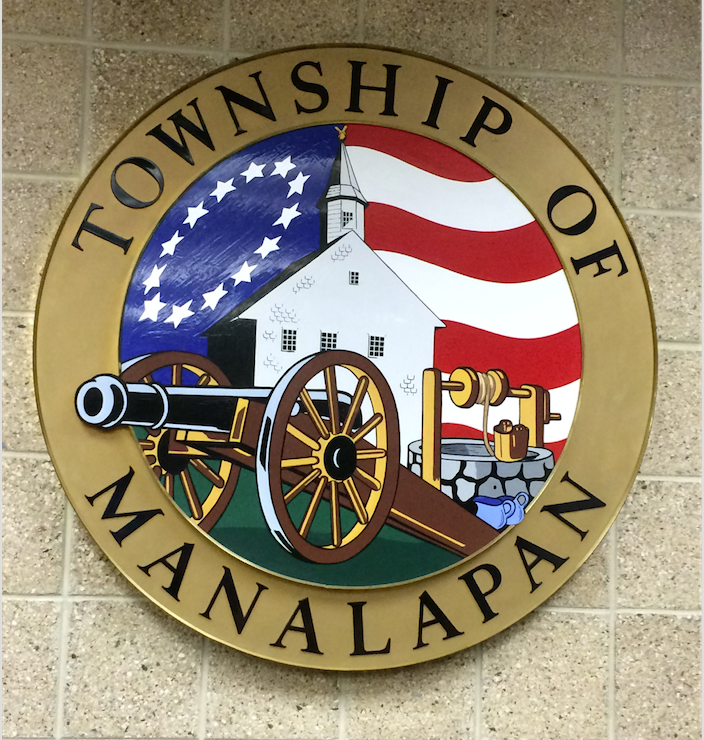MANALAPAN – The Township Committee has adopted an ordinance that establishes a Special Economic Development/Affordable Housing (SED/AH) overlay zone on property at the corner of Route 33 west and Woodward Road.
The adoption of the ordinance paves the way for a developer to propose multiple uses on the property, including affordable housing.
The ordinance was introduced on July 11 and adopted on Aug. 22. Mayor Jack McNaboe, Committeeman Kevin Uniglicht, Committeewoman Mary Ann Musich and Committeeman David Kane voted to adopt the ordinance. Committeewoman Susan Cohen abstained. Cohen has a conflict and does not vote on matters involving affordable housing.
Township Attorney Roger McLaughlin previously explained the ordinance is designed to comply with Manalapan’s court-mandated obligation to provide opportunities for the development of affordable housing.
Affordable housing is defined as housing that is sold or rented at below market rates to individuals and families whose income meets specific income guidelines.
McLaughlin said the SED/AH zone would allow for the construction of the following uses on the land at Route 33 and Woodward Road: an assisted living facility that provides affordable housing; commercial space on Woodward Road that is already permitted under existing zoning; and a townhouse development with a 30 percent set-aside for affordable housing.
The set-aside means that when the total number of townhouses to be built at the property has been determined, 30 percent of the units will be designated as affordable housing.
McLaughlin said the typical set-aside is 20 percent, and he credited municipal officials and professionals representing the municipality with securing a higher set-aside that will produce additional affordable housing credits for Manalapan.
He said that in conjunction with development at that location, improvements would be made to the intersection of Route 33 and Woodward Road.
During the public hearing on the ordinance, Geri Kaplan, a resident of the Knob Hill residential development that borders the property being discussed, expressed concerns about what she described as the high water table on the parcel, the endangered bog turtle, and an endangered plant species.
“We are very concerned about our property and about how close development will infringe on our property,” Kaplan told committee members.
McLaughlin said if and when an application is made to develop the property, the state Department of Environmental Protection will be involved on issues regarding wetlands and endangered species.
He said there are standards in place to prevent development from encroaching on protected areas and he said the conceptual ideas he is aware of for the property will keep buildings far away from the homes in Knob Hill.
McLaughlin said any site plan submitted for the property will be subject to review by the Planning Board. Residents of Knob Hill or any other neighborhood will be able to review the site plan and attend a board meeting to ask questions relating to buffer zones, endangered species, traffic, the water table and other issues.
Public comments regarding various aspects of the overlay zone ordinance were also offered by Donna Blaze, Ray Kalainikas and Deborah Smarth.
McNaboe, Kane and Uniglicht commented on the ordinance before the committee members voted to adopt the new law. They said they are following mandates issued by the courts, which took control of New Jersey’s affordable housing issue after the Council on Affordable Housing failed to act for many years.
The three men said they would prefer to preserve property or permit commercial development, but said they are acting in the town’s best interest by permitting residential development that adheres to the affordable housing mandate.
Uniglicht said residents who want changes regarding affordable housing “should lobby the people (state legislators) who can make the laws.”

